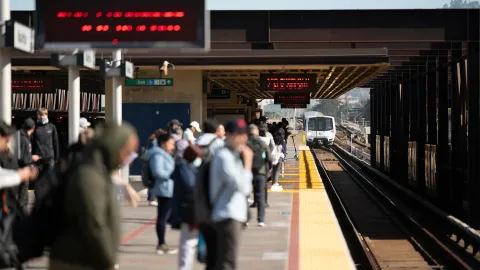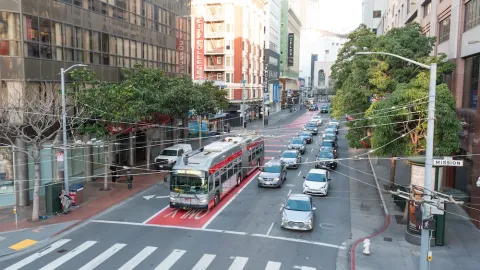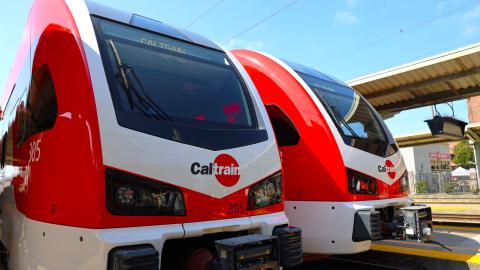
The National Highway Traffic Safety Administration is partnering with advocates and experts from across the country to launch its “Speeding Wrecks Lives” safety campaign.
The launch comes as new data show that while there has been three quarters of a slight dip in overall roadway deaths, speeding fatalities reached a 14-year high in 2021 and make up almost one-third of all traffic fatalities.
The campaign, which will runs through July 31, is one of many ways in which the U.S. Department of Transportation is working to address the crisis of deaths on our roadways through its National Roadway Safety Strategy. The NHTSA campaign is supported by a $9.6 million national media buy featuring English and Spanish-language ads running on television, radio and digital platforms. The ads target drivers ages 18 to 44, who data show are most likely to be involved in speeding-related fatal crashes.
“Speeding accounts for nearly one-third of all fatalities on our roads and puts everyone at risk, including people in other vehicles, pedestrians, cyclists, motorcyclists and people with disabilities,” Acting NHTSA Administrator Ann Carlson said. “NHTSA reminds everyone to slow down and arrive safely – it’s better to arrive a few minutes late than not at all.”
NHTSA released new data on speeding, showing that speeding-related fatalities increased 8% from 2020 to 2021, with 12,330 people killed in 2021 speeding-related crashes. This represents 29% of all traffic fatalities in 2021. The estimated number of people injured in speeding-related crashes also increased by 7%. And 33% of motorcycle riders in fatal crashes were speeding, more than drivers of any other vehicle type.
NHTSA also released a study of efforts used by law enforcement officers to reduce speeding. The study found that the number of speeders on the road was a statistically significant predictor of speeding-related crashes, and the number of non-speeders was not, indicating that the number of vehicles on the road can increase without leading to more crashes if the additional vehicles are driving at or below the speed limit. The study also found that decoy (unoccupied) law enforcement vehicles, issuing citations, and digital speed signs can continue to reduce speeding at deployment locations, even after they are no longer at those locations.



Submit your comment
In order to receive a reply to your comment, please provide an email address.